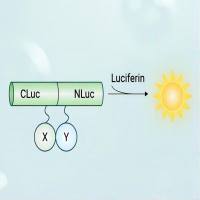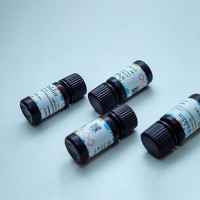Biosensors Technologies: Acousto-Optic Tunable Filter-Based Hyperspectral and Polarization Imagers for Fluorescence and Spectroscopic Imaging
Filters are a critical element in fluorescence detection used by many biosensors. One of the main limitations of the conventional optical filters used in biosensors is that they are limited to a single wavelength operation while numerous wavelengths are used in a typical fluorescence detection used for biosensing. Acousto-optic tunable filters (AOTFs) have the potential to overcome this limitation and provide both spectral and polarization information because they are wavelength agile and polarization sensitive. Such filters can be used to develop compact hyperspectral/polarization imagers. Such an imager can be readily used for real-time two-dimensional spectral imaging applications. These imagers are small, vibration-insensitive, robust, remotely controlled, and programmable and can be used in the spectral region from the ultraviolet (UV) to the near infrared (NIR). A minimal amount of data processing is required for AOTF imagers because they can acquire images at only select wavelengths of interest, and the selected wavelengths can be changed based on the sensing requirements. We use AOTFs made of KDP, MgF2 , and TeO2 , with a Si-based CCD camera to cover different spectral regions from the UV to the NIR. A liquid crystal variable retarder (LCVR) is used to obtain two orthogonally polarized images at each wavelength The user can write software to control the operation and image acquisition for an AOTF imager for a fully computer controlled operation.
![预览]()






